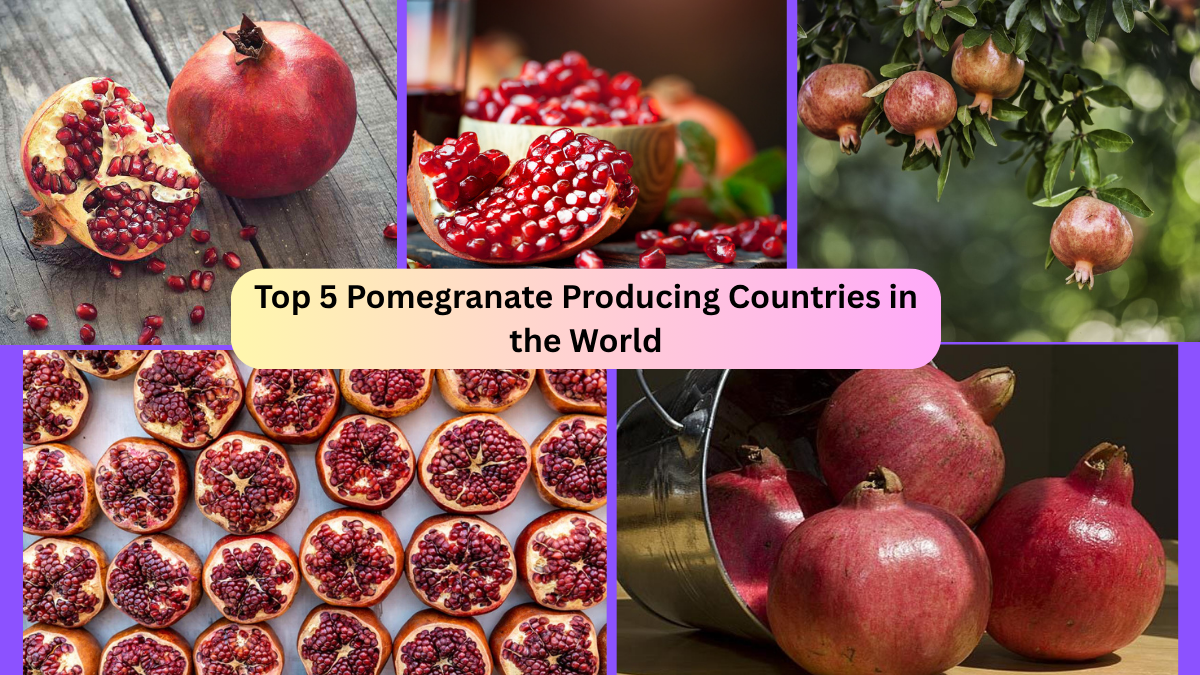Few fruits carry the historical legacy, medicinal value, and culinary appeal of the pomegranate. With its dazzling ruby-red arils, sweet-tart juice, and health-boosting antioxidants, pomegranates have been cherished for over 4,000 years — from ancient Persia and India to the Mediterranean and beyond.
Today, pomegranates are grown in warm, arid, and semi-arid climates around the world. While several countries cultivate this nutritious superfruit, a handful lead the global market both in terms of volume and quality. In this article, we’ll explore the Top 5 Pomegranate Producing Countries in the World, their leading varieties, key regions, and what makes each of them a vital player in the international pomegranate industry.
A Global Overview of Pomegranate Production
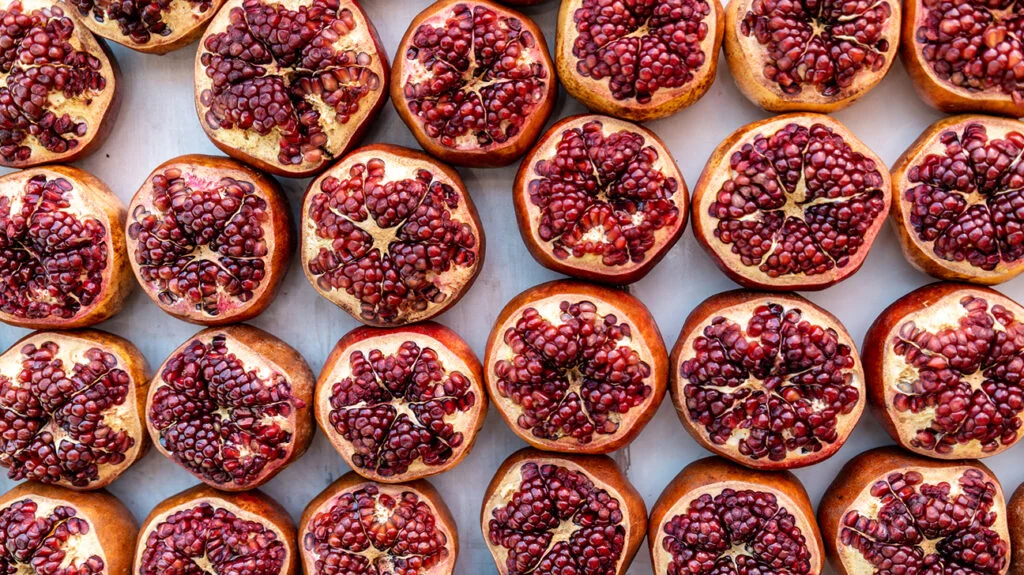
Pomegranates (Punica granatum) thrive in sun-drenched climates with hot summers and mild winters. The fruit is highly adaptable to various soil types and is valued for its resilience in dry conditions, making it ideal for regions with scarce rainfall.
According to the Food and Agriculture Organization (FAO), global pomegranate production exceeds 4 million metric tons annually, with a few nations contributing the lion’s share. Here’s a look at the top contenders.
Top 5 Pomegranate Producing Countries in the World
Let’s discover which countries lead the global pomegranate market and what makes them stand out.
1 India — The Global Leader in Pomegranate Production
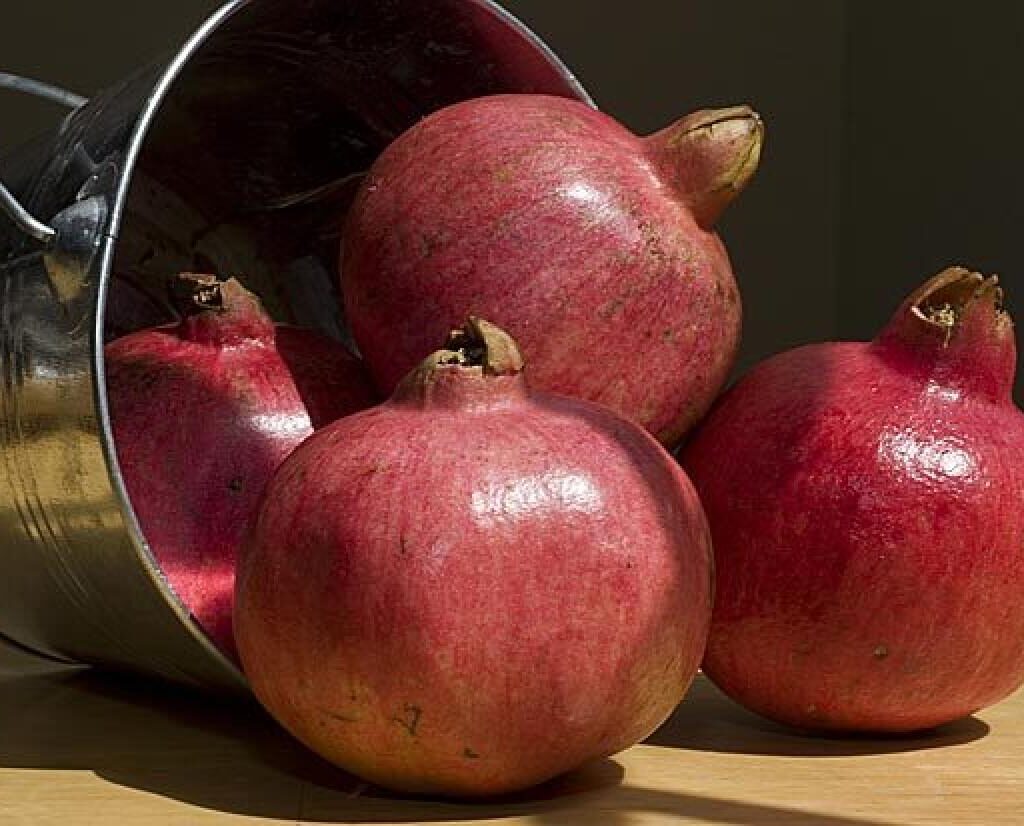
- Annual Production: Over 2.8 million metric tons
- Global Share: Approximately 55%
India is the undisputed world leader in pomegranate cultivation, contributing over half of the global supply. The fruit holds immense cultural, medicinal, and economic importance in India and is widely consumed across the country.
Key Producing States:
- Maharashtra (dominates with nearly 65% of production)
- Karnataka
- Gujarat
- Andhra Pradesh
- Rajasthan
- Madhya Pradesh
Popular Indian Pomegranate Varieties:
- Bhagwa — India’s most famous export variety known for its large size, bright red arils, soft seeds, and sweet flavor.
- Ganesh
- Arakta
- Ruby
- Mridula
Why India Leads:
- Ideal semi-arid climate in western and central regions
- Expansive orchard development programs
- Strong export markets in the Middle East, Southeast Asia, and Europe
- Rapidly growing processing industry for juice, aril packs, and pomegranate concentrate
2 Iran — The Ancient Home of the Pomegranate
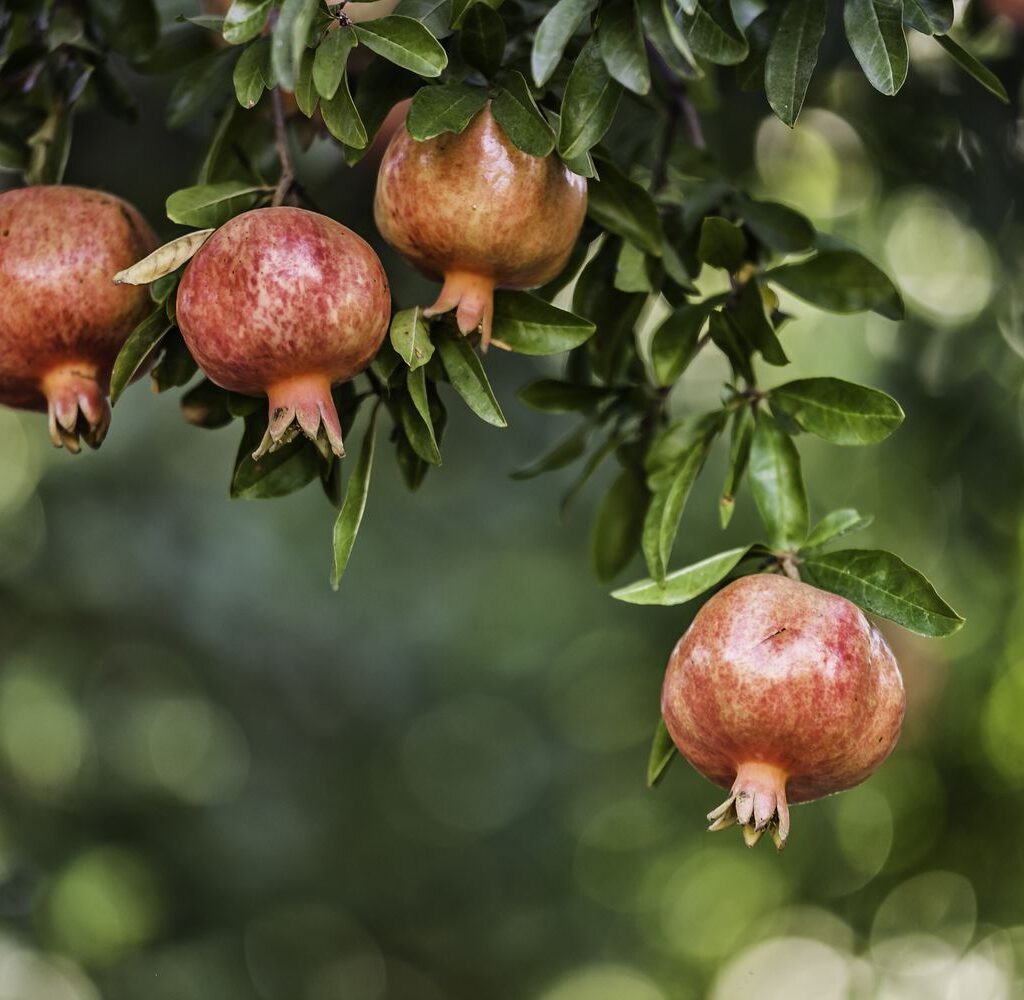
- Annual Production: Around 1 million metric tons
- Global Share: Approx. 20-25%
Known as the ancestral home of the pomegranate, Iran has been cultivating this fruit for thousands of years. Pomegranates are deeply rooted in Persian culture, literature, and cuisine, featuring in traditional dishes, sweets, and religious ceremonies.
Major Producing Provinces:
- Saveh (often called “The Pomegranate City of Iran”)
- Yazd
- Kerman
- Fars
Why Iran Stands Out:
- Ancient farming techniques combined with modern orchard practices
- Known for premium-quality varieties with high antioxidant content and distinctive flavors
- Traditional use in Persian culinary specialties and herbal medicine
- Growing demand in Europe and Central Asia
3 China — Rising as a Pomegranate Powerhouse
- Annual Production: Around 800,000 metric tons
- Global Share: About 10-12%
China has rapidly expanded its pomegranate orchards in recent decades, becoming one of the top producers worldwide. Pomegranates are cherished in Chinese culture as symbols of fertility, prosperity, and abundance.
Key Growing Regions:
- Henan Province
- Sichuan Province
- Anhui Province
- Shaanxi Province
Highlights:
- Strong domestic market with increasing demand for fresh and processed pomegranates
- Cultural importance during festivals and weddings
- Growing export potential in East Asia
4 Turkey — A Mediterranean Pomegranate Favorite
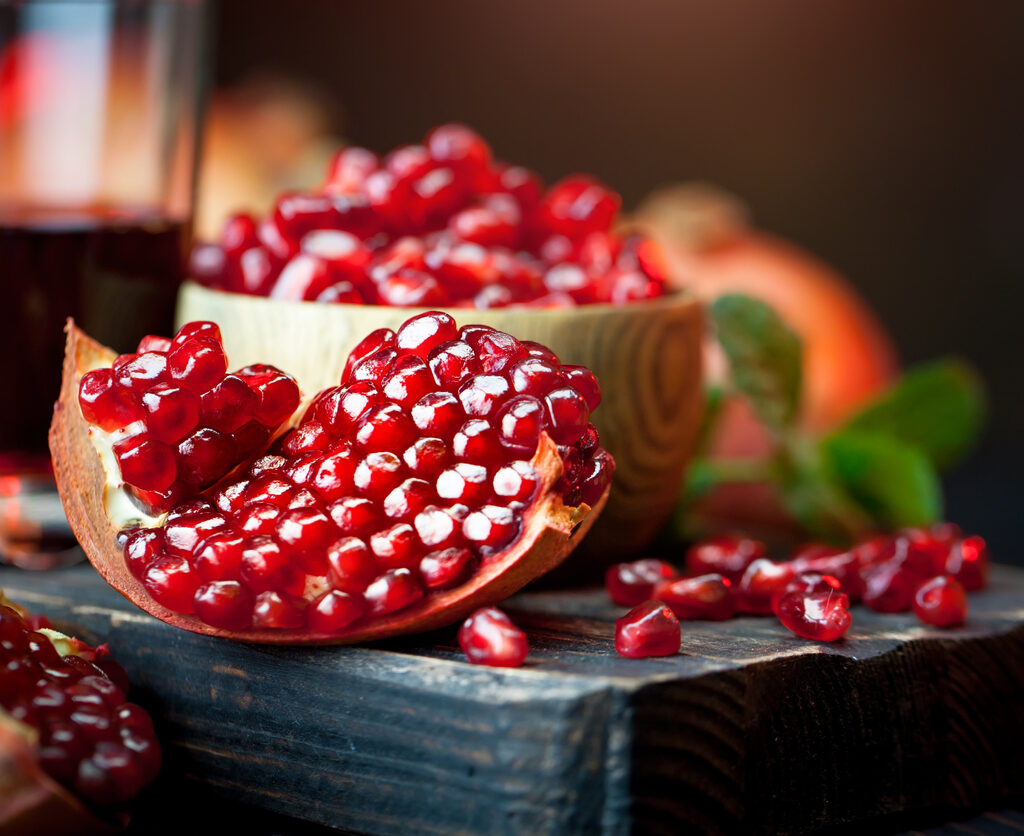
- Annual Production: Approximately 600,000 metric tons
- Global Share: Around 8-9%
Turkey is one of the top pomegranate producers in the Mediterranean region. The fruit is an essential part of Turkish cuisine, mythology, and traditional medicine, believed to symbolize wealth and good fortune.
Major Pomegranate Growing Provinces:
- Antalya
- Mersin
- Adana
- Gaziantep
Notable Varieties:
- Hicaz Narı — Famous Turkish variety with deep red arils, sweet-tart flavor, and long shelf life.
Why Turkey Matters:
- Well-established export markets in Europe, the Middle East, and Russia
- Increasing production of organic and chemical-free pomegranates
- Expanding pomegranate juice and molasses industries
5 United States — California’s Pomegranate Industry
- Annual Production: About 180,000 metric tons
- Global Share: Approx. 4-5%
While smaller in overall production, the United States, specifically California’s San Joaquin Valley, plays a pivotal role in the premium export market, particularly through the POM Wonderful brand.
Why the U.S. is Noteworthy:
- Focus on high-quality, seed-soft pomegranates suitable for fresh consumption and juice production
- Leading producer of pomegranate juice, extracts, and wellness products
- Supplies premium pomegranates to North America, Canada, and Japan
Quick Production Recap:
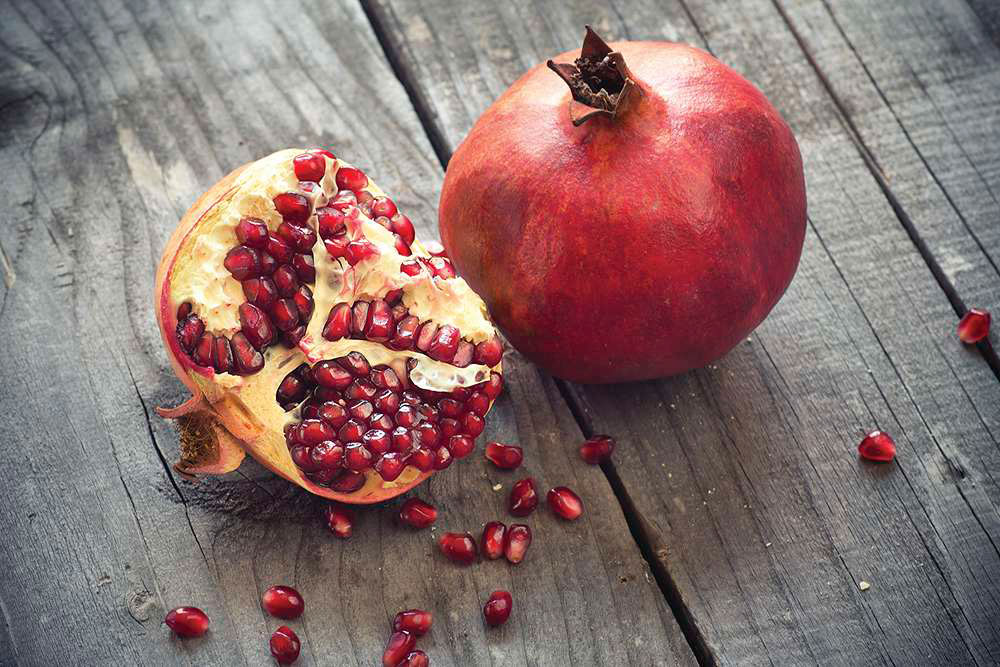
| Rank | Country | Annual Production (MT) | Global Share (%) |
|---|---|---|---|
| 1 | India | 2,800,000+ | 55% |
| 2 | Iran | 1,000,000 | 20-25% |
| 3 | China | 800,000 | 10-12% |
| 4 | Turkey | 600,000 | 8-9% |
| 5 | United States | 180,000 | 4-5% |
(Source: FAO 2023)
Rising Global Demand for Pomegranates
The popularity of pomegranates has surged worldwide due to:
- Health benefits: Rich in antioxidants, vitamin C, polyphenols, and potassium
- Growing demand for functional foods and superfruits
- Expansion of pomegranate-based products like juices, molasses, arils, sauces, and dietary supplements
- Rising export opportunities in Europe, the Middle East, Southeast Asia, and North America
Sustainability & Future Outlook
Leading pomegranate-producing countries are adopting:
- Water-saving technologies like drip irrigation
- Integrated pest management and organic cultivation practices
- Development of high-yield, disease-resistant cultivars
- Expansion of cold storage and value-added product industries
- Strengthening international trade agreements and export logistics
Conclusion
When it comes to pomegranate production, India clearly dominates, followed by Iran, China, Turkey, and the United States. Each country contributes unique flavors, varieties, and traditions to the global pomegranate industry.
As the world increasingly embraces superfoods for health and wellness, these top-producing nations are set to expand their pomegranate orchards, improve fruit quality, and cater to the growing international demand for both fresh and processed pomegranate products.
So, the next time you enjoy a fresh pomegranate, sip on antioxidant-rich juice, or savor a tangy molasses glaze — you’ll know where those ruby-red gems likely came from.
